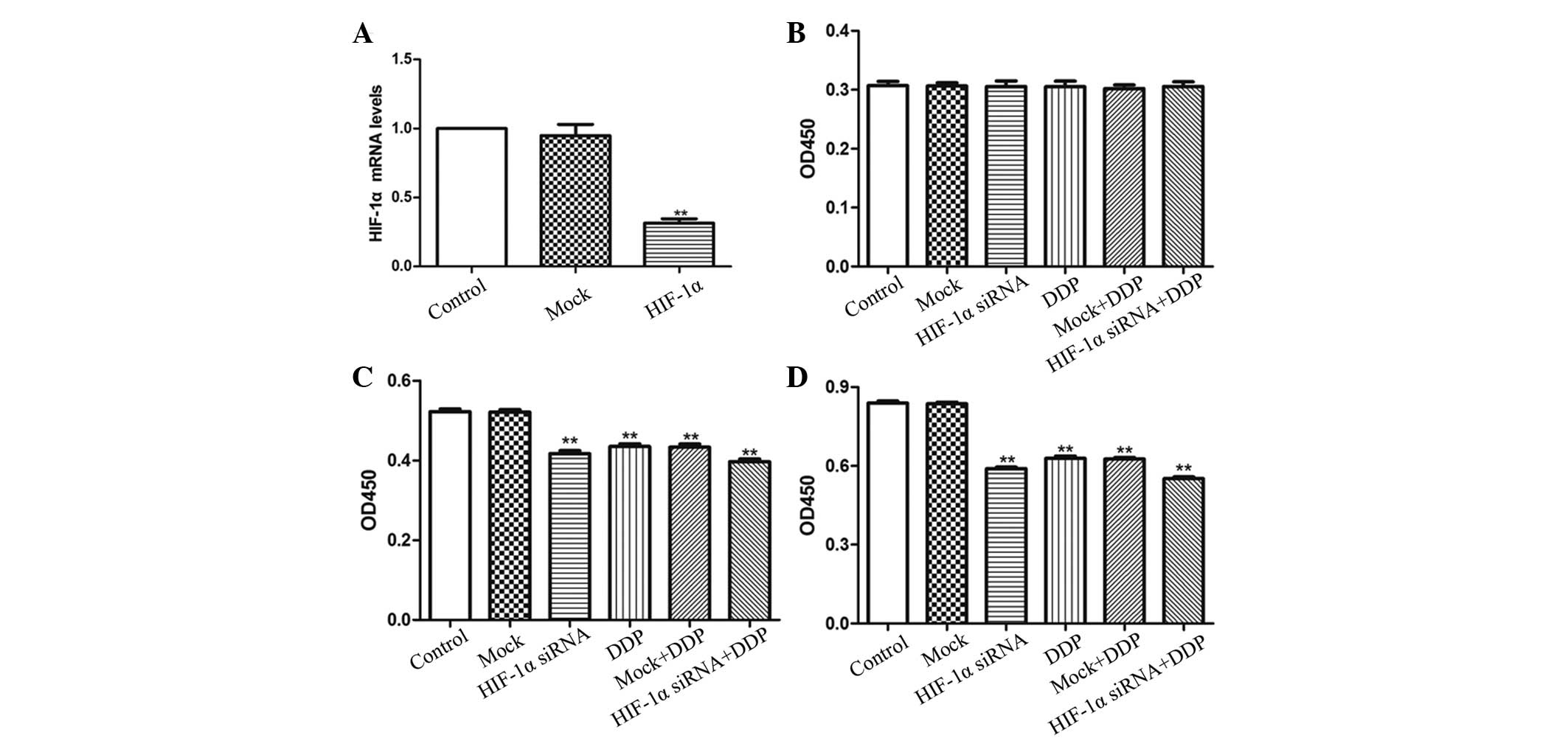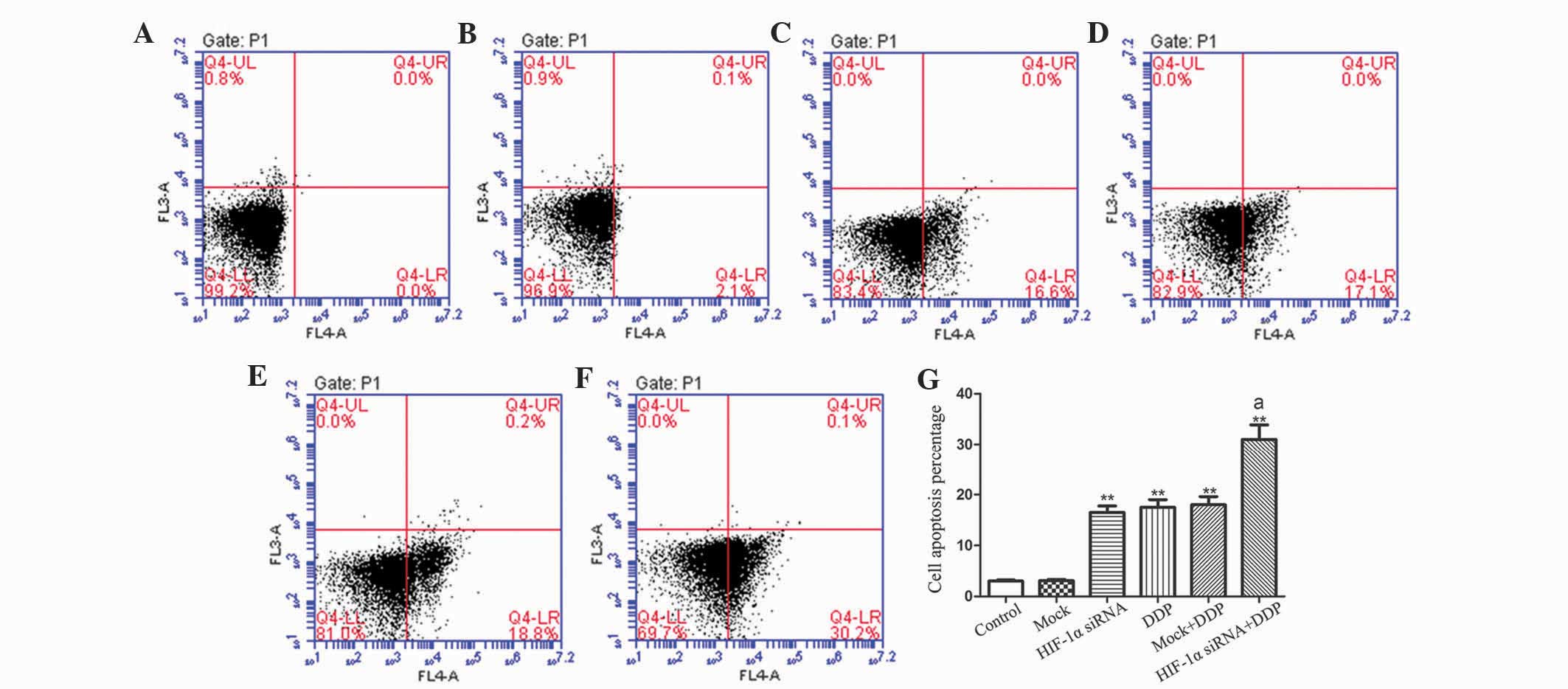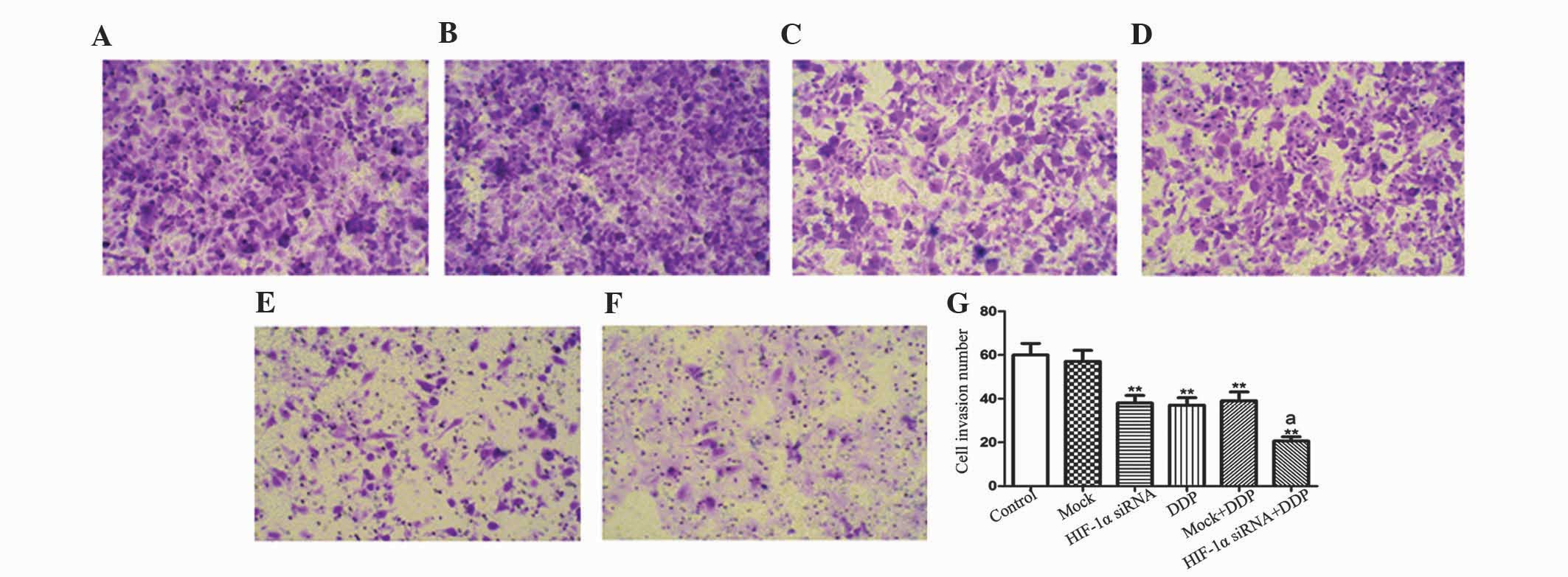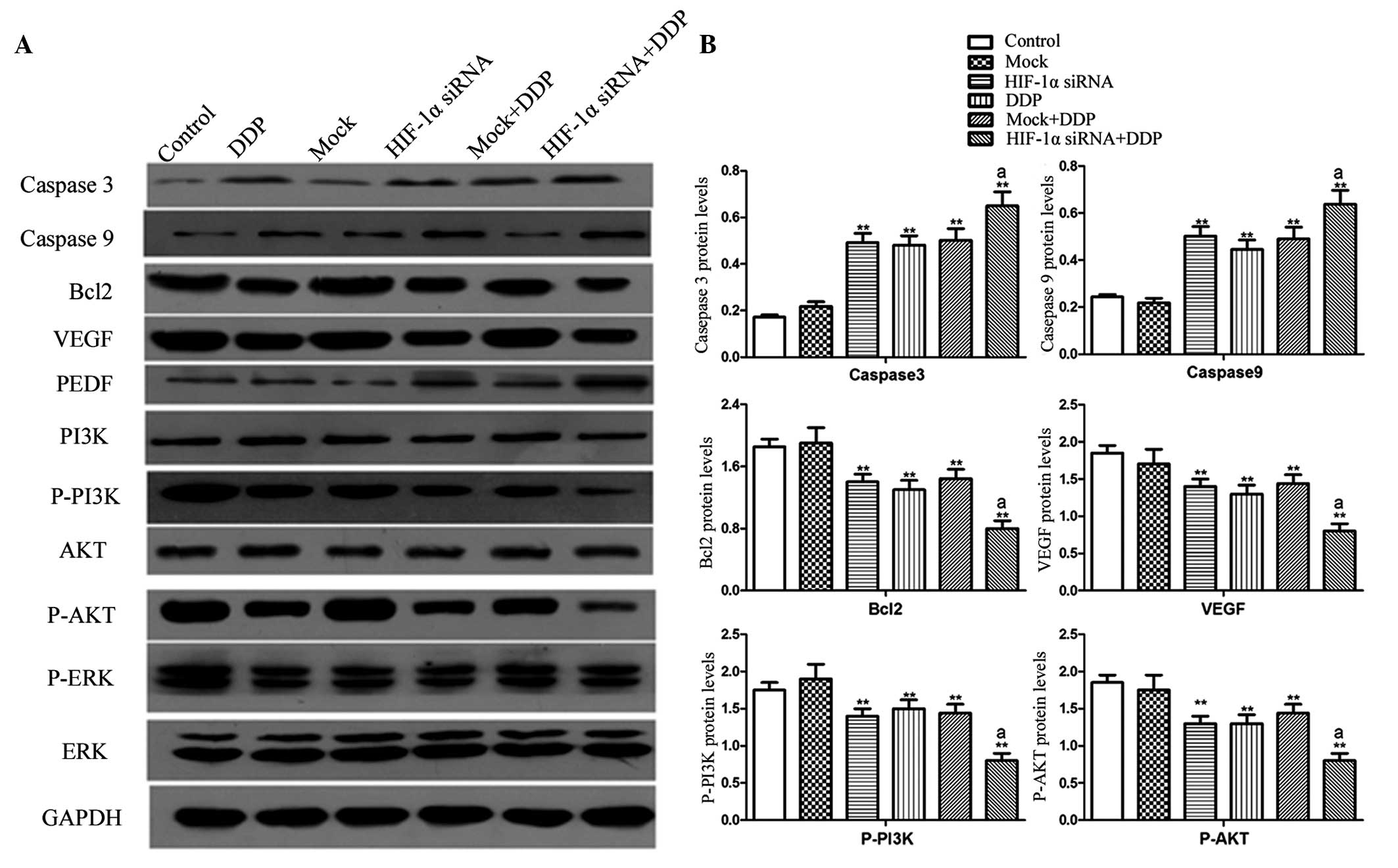|
1
|
Fenton-Ambrose L and Kazerooni EA:
Preventative care: Lung-cancer screens now worth the cost. Nature.
514:352014. View
Article : Google Scholar : PubMed/NCBI
|
|
2
|
Ellis P: Minimally invasive thoracic
surgery for early stage non-small cell lung cancer. BMJ.
349:g58492014. View Article : Google Scholar : PubMed/NCBI
|
|
3
|
Lococo F, Cesario A, Leuzzi G and Apolone
G: Second primary on-small-cell lung cancer: Implications of the
new adenocarcinoma classification in the challenging decision of
the best surgical strategy. Eur J Cardiothorac Surg. 45:1115–1116.
2014. View Article : Google Scholar : PubMed/NCBI
|
|
4
|
Farías RO, Bortolussi S, Menéndez PR and
González SJ: Exploring Boron Neutron Capture Therapy for non-small
cell lung cancer. Phys Med. 30:888–897. 2014. View Article : Google Scholar : PubMed/NCBI
|
|
5
|
Zhang Y, Ma M and Han B: GOLPH3 high
expression predicts poor prognosis in patients with resected
non-small cell lung cancer: An immunohistochemical analysis. Tumour
Biol. 35:10833–10839. 2014. View Article : Google Scholar : PubMed/NCBI
|
|
6
|
Zhang J, Xu L, Yang Z, Lu H, Hu D, Li W,
Zhang Z, Liu B and Ma S: MicroRNA-10b indicates a poor prognosis of
non-small cell lung cancer and targets E-cadherin. Clin Transl
Oncol. 17:209–214. 2015. View Article : Google Scholar : PubMed/NCBI
|
|
7
|
Zhang L, Qian J, Qiang Y, Huang H, Wang C,
Li D and Xu B: Down-regulation of miR-4500 promoted non-small cell
lung cancer growth. Cell Physiol Biochem. 34:1166–1174. 2014.
View Article : Google Scholar : PubMed/NCBI
|
|
8
|
Zeuner A, Francescangeli F, Contavalli P,
Zapparelli G, Apuzzo T, Eramo A, Baiocchi M, De Angelis ML, Biffoni
M, Sette G, et al: Elimination of quiescent/slow-proliferating
cancer stem cells by Bcl-XL inhibition in non-small cell lung
cancer. Cell Death Differ. 21:1877–1888. 2014. View Article : Google Scholar : PubMed/NCBI
|
|
9
|
Zhang C, Lan T, Hou J, Li J, Fang R, Yang
Z, Zhang M, Liu J and Liu B: NOX4 promotes non-small cell lung
cancer cell proliferation and metastasis through positive feedback
regulation of PI3K/Akt signaling. Oncotarget. 5:4392–4405. 2014.
View Article : Google Scholar : PubMed/NCBI
|
|
10
|
Wu S, Cheng Z, Yu L, Song W and Tao Y:
Expression of CD82/KAI1 and HIF-1α in non-small cell lung cancer
and their relationship to vasculogenic mimicry. Zhongguo Fei Ai Za
Zhi. 14:918–925. 2011.(In Chinese). PubMed/NCBI
|
|
11
|
Wang Q, Hu DF, Rui Y, Jiang AB, Liu ZL and
Huang LN: Prognosis value of HIF-1α expression in patients with
non-small cell lung cancer. Gene. 541:69–74. 2014. View Article : Google Scholar : PubMed/NCBI
|
|
12
|
Li Y, Qiu X, Zhang S, Zhang Q and Wang E:
Hypoxia induced CCR7 expression via HIF-1α and HIF-2α correlates
with migration and invasion in lung cancer cells. Cancer Biol Ther.
8:322–330. 2009. View Article : Google Scholar : PubMed/NCBI
|
|
13
|
Lv Y and Zhang P: Advances of HIF-1α and
its role in lung cancer. Zhongguo Fei Ai Za Zhi. 12:147–151.
2009.(In Chinese). PubMed/NCBI
|
|
14
|
Jang BC: The fruit juice of Morinda
citrifolia (noni) downregulates HIF-1α protein expression through
inhibition of PKB, ERK-1/2, JNK-1 and S6 in manganese-stimulated
A549 human lung cancer cells. Int J Mol Med. 29:499–504.
2012.PubMed/NCBI
|
|
15
|
Liang J, Qian Y, Xu D, Yin Q and Pan HJ:
Serum tumor markers, hypoxia-inducible factor-1α HIF-1α and
vascular endothelial growth factor, in patients with non- small
cell lung cancer before and after intervention. Asian Pac J Cancer
Prev. 14:3851–3854. 2013. View Article : Google Scholar : PubMed/NCBI
|
|
16
|
Wang Q, Li LH, Gao GD, Wang G, Qu L, Li JG
and Wang CM: HIF-1α up-regulates NDRG1 expression through binding
to NDRG1 promoter, leading to proliferation of lung cancer A549
cells. Mol Biol Rep. 40:3723–3729. 2013. View Article : Google Scholar : PubMed/NCBI
|
|
17
|
Li L, Hu M, Yu JM, Yang GR, Guo HB and Gao
Y: Correlations of 99 Tc m-HL91 SPECT hypoxia imaging with HIF-1α
and VEGF expression in non-small cell lung cancer. Zhonghua Zhong
Liu Za Zhi31. 669–673. 2009.(In Chinese).
|
|
18
|
Choi YJ, Rho JK, Lee SJ, Jang WS, Lee SS,
Kim CH and Lee JC: HIF-1α modulation by topoisomerase inhibitors in
non-small cell lung cancer cell lines. J Cancer Res Clin Oncol.
135:1047–1053. 2009. View Article : Google Scholar : PubMed/NCBI
|
|
19
|
Zuo S, Ji Y, Wang J and Guo J: Expression
and clinical implication of HIF-1α and VEGF-C in non-small cell
lung cancer. J Huazhong Univ Sci Technolog Med Sci. 28:674–676.
2008. View Article : Google Scholar : PubMed/NCBI
|
|
20
|
Li Y, Zhang Q, Jiang L, Qiu X and Wang E:
Upregulation of the chemokine receptor CCR7 expression by HIF-1α
and HIF-2α in non-small cell lung cancer. Zhongguo Fei Ai Za Zhi.
11:724–728. 2008.(In Chinese). PubMed/NCBI
|
|
21
|
Ai B, Pan T, Zheng Z and Chen T: The
relationship of expression of GLUT1, HIF-1α and the uptake of FDG
in non-small cell lung cancer. Zhongguo Fei Ai Za Zhi. 10:508–512.
2007.(In Chinese). PubMed/NCBI
|
|
22
|
Song X, Liu X, Chi W, Liu Y, Wei L, Wang X
and Yu J: Hypoxia-induced resistance to cisplatin and doxorubicin
in non-small cell lung cancer is inhibited by silencing of HIF-1α
gene. Cancer Chemother Pharmacol. 58:776–784. 2006. View Article : Google Scholar : PubMed/NCBI
|
|
23
|
Zhu C, Wang X, Zheng H, Liu T, Li Y, Sun
C, Wang A and Zhao F: Expressions of EphB4 and HIF-1α in human lung
cancer and their significances. Zhongguo Fei Ai Za Zhi. 8:99–102.
2005.PubMed/NCBI
|
|
24
|
Chang H, Shyu KG, Lee CC, Tsai SC, Wang
BW, Lee Hsien Y and Lin S: GL331 inhibits HIF-1α expression in a
lung cancer model. Biochem Biophys Res Commun. 302:95–100. 2003.
View Article : Google Scholar : PubMed/NCBI
|
|
25
|
Jacoby JJ, Erez B, Korshunova MV, Williams
RR, Furutani K, Takahashi O, Kirkpatrick L, Lippman SM, Powis G,
O'Reilly MS, et al: Treatment with HIF-1α antagonist PX-478
inhibits progression and spread of orthotopic human small cell lung
cancer and lung adenocarcinoma in mice. J Thorac Oncol. 5:940–949.
2010. View Article : Google Scholar : PubMed/NCBI
|
|
26
|
Wan J, Ma J, Mei J and Shan G: The effects
of HIF-1α on gene expression profiles of NCI-H446 human small cell
lung cancer cells. J Exp Clin Cancer Res. 28:1502009. View Article : Google Scholar : PubMed/NCBI
|
|
27
|
Peng Z, Shan C and Wang H: Expression of
VHL and HIF-1α and its clinical significance in the lung cancer
tissue. Zhong Nan Da Xue Xue Bao Yi Xue Ban. 34:331–334. 2009.(In
Chinese). PubMed/NCBI
|
|
28
|
Naruke A, Azuma M, Takeuchi A, Ishido K,
Katada C, Sasaki T, Higuchi K, Tanabe S, Saegusa M and Koizumi W:
Comparison of site-specific gene expression levels in primary
tumors and synchronous lymph node metastases in advanced gastric
cancer. Gastric Cancer. 18:262–270. 2015. View Article : Google Scholar : PubMed/NCBI
|
|
29
|
Wang HL and Zhang ZL: Analysis of the
relationship between ultrasound of breast cancer DOT-SDI and the
expression of MVD, VEGF and HIF-1α. Cell Biochem Biophys.
70:205–208. 2014. View Article : Google Scholar : PubMed/NCBI
|
|
30
|
Zhou Z, Liu F, Zhang ZS, Shu F, Zheng Y,
Fu L and Li LY: Human rhomboid family-1 suppresses
oxygen-independent degradation of hypoxia-inducible factor-1α in
breast cancer. Cancer Res. 74:2719–2730. 2014. View Article : Google Scholar : PubMed/NCBI
|
|
31
|
Anavi S, Hahn-Obercyger M, Madar Z and
Tirosh O: Mechanism for HIF-1 activation by cholesterol under
normoxia: A redox signaling pathway for liver damage. Free Radic
Biol Med. 71:61–69. 2014. View Article : Google Scholar : PubMed/NCBI
|
|
32
|
Jo JR, Park YK and Jang BC: Short-term
treatment with glucosamine hydrochloride specifically downregulates
hypoxia-inducible factor-1α at the protein level in YD-8 human
tongue cancer cells. Int J Oncol. 44:1699–1706. 2014.PubMed/NCBI
|
|
33
|
Chen L, Shi Y, Yuan J, Han Y, Qin R, Wu Q,
Jia B, Wei B, Wei L, Dai G, et al: HIF-1 α overexpression
correlates with poor overall survival and disease-free survival in
gastric cancer patients post-gastrectomy. PLoS One. 9:e906782014.
View Article : Google Scholar : PubMed/NCBI
|
|
34
|
Clara CA, Marie SK, de Almeida JR,
Wakamatsu A, Oba-Shinjo SM, Uno M, Neville M and Rosemberg S:
Angiogenesis and expression of PDGF-C, VEGF, CD105 and HIF-1α in
human glioblastoma. Neuropathology. 34:343–352. 2014.PubMed/NCBI
|
|
35
|
Liu H, Liu Z, Li J, Li Q, You C and Xu J:
Relative quantitative expression of hypoxia-inducible factor 1α
messenger ribonucleic acid in recurrent craniopharyngiomas. Neurol
India. 62:53–56. 2014. View Article : Google Scholar : PubMed/NCBI
|
|
36
|
Green DR: Apoptotic pathways: Paper wraps
stone blunts scissors. Cell. 102:1–4. 2000. View Article : Google Scholar : PubMed/NCBI
|
|
37
|
Reed JC: Double identity for proteins of
the Bcl-2 family. Nature. 387:773–776. 1997. View Article : Google Scholar : PubMed/NCBI
|
|
38
|
De Luca A, Maiello MR, D'Alessio A,
Pergameno M and Normanno N: The RAS/RAF/MEK/ERK and the PI3K/AKT
signalling pathways: Role in cancer pathogenesis and implications
for therapeutic approaches. Expert Opin Ther Targets. 16(Suppl 2):
S17–S27. 2012. View Article : Google Scholar : PubMed/NCBI
|
|
39
|
Heeg S, Hirt N, Queisser A, Schmieg H,
Thaler M, Kunert H, Quante M, Goessel G, von Werder A, Harder J, et
al: EGFR overexpression induces activation of telomerase via
PI3K/AKT-mediated phosphorylation and transcriptional regulation
through Hif1-α in a cellular model of oral-esophageal
carcinogenesis. Cancer Sci. 102:351–360. 2011. View Article : Google Scholar : PubMed/NCBI
|
|
40
|
Richard DE, Berra E, Gothié E, Roux D and
Pouysségur J: p42/p44 mitogen-activated protein kinases
phosphorylate hypoxia-inducible factor 1alpha (HIF-1alpha) and
enhance the transcriptional activity of HIF-1. J Biol Chem.
274:32631–32637. 1999. View Article : Google Scholar : PubMed/NCBI
|
|
41
|
Minet E, Arnould T, Michel G, Roland I,
Mottet D, Raes M, Remacle J and Michiels C: ERK activation upon
hypoxia: Involvement in HIF-1 activation. FEBS Lett. 468:53–58.
2000. View Article : Google Scholar : PubMed/NCBI
|
|
42
|
Hur E, Chang KY, Lee E, Lee SK and Park H:
Mitogen-activated protein kinase kinase inhibitor PD98059 blocks
the trans-activation but not the stabilization or DNA binding
ability of hypoxia-inducible factor-1α. Mol Pharmacol.
59:1216–1224. 2001.PubMed/NCBI
|
|
43
|
van den Tweel ER, Kavelaars A, Lombardi
MS, Nijboer CH, Groenendaal F, van Bel F and Heijnen CJ: Bilateral
molecular changes in a neonatal rat model of unilateral
hypoxic-ischemic brain damage. Pediatr Res. 59:434–439. 2006.
View Article : Google Scholar : PubMed/NCBI
|
|
44
|
Zhang E, Feng X, Liu F, Zhang P, Liang J
and Tang X: Roles of PI3K/Akt and c-Jun signaling pathways in human
papillomavirus type 16 oncoprotein-induced HIF-1α, VEGF, and IL-8
expression and in vitro angiogenesis in non-small cell lung
cancer cells. PLoS One. 9:e1034402014. View Article : Google Scholar : PubMed/NCBI
|
|
45
|
Yamagishi S, Matsui T, Nakamura K, Yoshida
T, Shimizu K, Takegami Y, Shimizu T, Inoue H, Imaizumi T, et al:
Pigment-epithelium-derived factor (PEDF) inhibits
angiotensin-II-induced vascular endothelial growth factor (VEGF)
expression in MOLT-3 T cells through anti-oxidative properties.
Microvasc Res. 71:222–226. 2006. View Article : Google Scholar : PubMed/NCBI
|


















